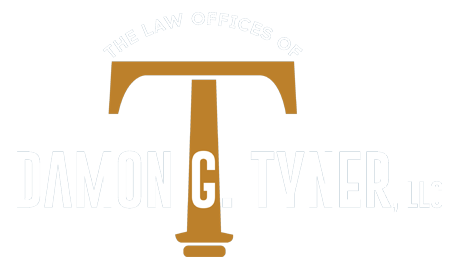The real estate market is changing but change can bring opportunity. Taking these steps can increase the odds of having a successful investment.
Different information
Investing in commercial real estate requires special knowledge because it is valued differently than residential real estate and has greater cash flow. Getting the proper data is one of the first planning steps.
Planning should address that there is additional income for multifamily dwellings, and that commercial property leases are longer. Commercial property lenders usually require 30 percent down before approving loans.
Setting limits is also important. Determine what you can pay and review possible mortgages, so you know what you owe over the life of the mortgage.
Consider your anticipated profit on the transaction, important participants and how many tenants are already paying rent or will sign leases. Determine potential tenants and how much rental space needs filled.
The deal
A good deal has an exit for investors if things go wrong. Assess the investment’s risk and whether it meets your financial objectives. Also, investors should think as landlords and look for damages needing repairs.
Looking for motivated sellers who are willing and eager to sell their property below market value can be the basis of a good deal. These sellers usually have a pressing reason to offer a deal.
Finding and evaluating properties
Studying the neighborhood, attending open houses, speaking with other neighborhood owners, and looking for vacancies are excellent methods for searching for potential investments.
Using the internet, reading classified advertisements, and using brokers or agents can help you evaluate potential investments.
Metrics
Investors should know these common metrics when assessing real estate.
Net operating income. This is calculated by evaluating the property’s first-year gross operating income and then subtracting its operating costs. For the first year, the NOL should be positive.
The property’s capitalization rate is used to calculate the value of the income-producing property such as commercial office buildings, small strip malls and apartment complex with at least five units. Cap rates estimate the net present value of future process or cash flow.
Investors who rely on financing for purchasing property often rely on the cash on cash formula. This formula compares first-year performance of competing properties. Cash on cash depends on an investor who does not need 100 percent cash to purchase the property. But the investor will not keep all the NOI because it will be used for mortgage payments. Investors must calculate the amount needed for purchasing the property.
Attorneys can assist investors with these transactions. They can prepare documents and help them with negotiations.

